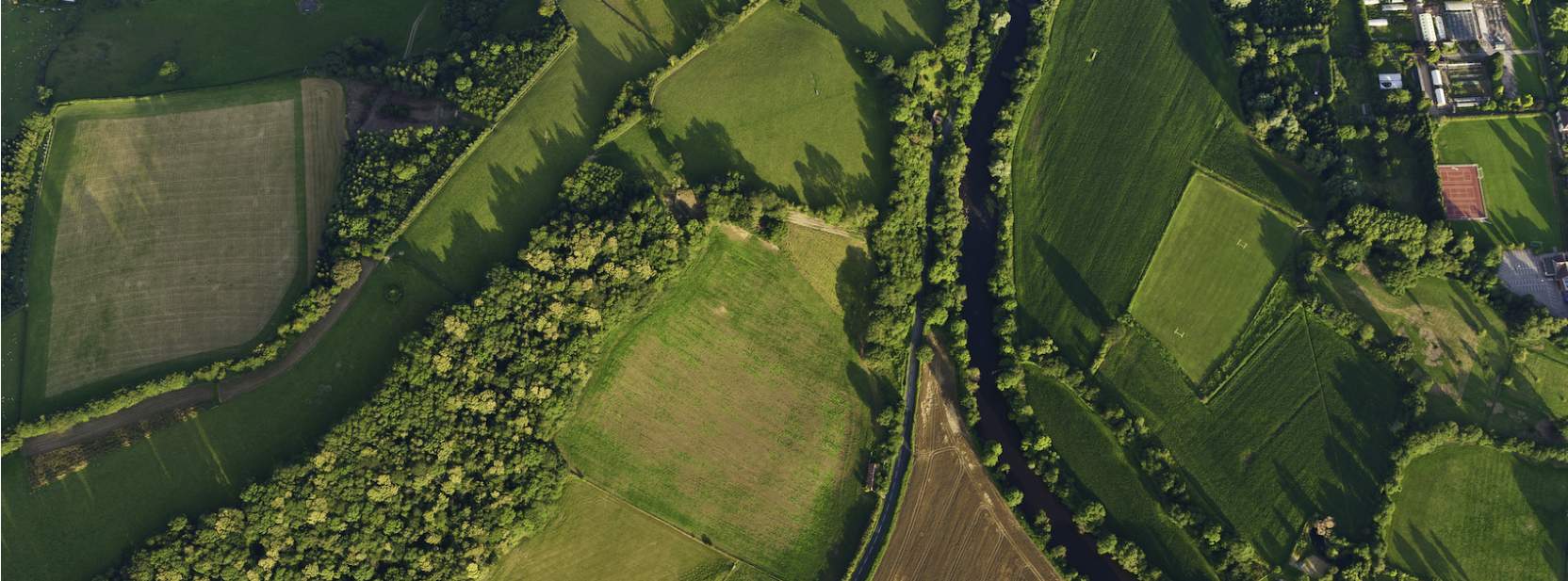The essence of land assembly is to combine a number of adjacent land parcels to form one single site for more comprehensive redevelopment purposes.
It is often applied where there are multiple landowners looking to create a larger, strategic site that can be promoted through a local plan. But it can also be common in urban areas for regeneration projects where proposed sites will typically have a higher density.
By joining forces and working collaboratively, neighbouring landowners often stand a better chance of gaining planning permission than if they submitted individual or more piecemeal development proposals.
Although infrastructure costs to pay for the likes of roads, utilities and drainage are often greater on larger sites this has to be balanced against the fact that planning permission for a smaller site may not have been possible.
To keep costs to a minimum, close co-operation between all parties is absolutely essential. Collaboration and equalisation agreements are common to ensure that infrastructure costs are shared rather than one site incurring most of the burden.
Those agreements should provide an early and clear indication of what the costs are and how they should be split, along with how any distribution of proceeds should be applied. This will prevent disagreement on how to divide land receipts once planning is unlocked.
As a result it’s important to receive advice on an individual and collective basis to guarantee all interests are aligned and that the full potential of the land – both in terms of value and development – can be realised.
Further information




.jpg)
.jpg)
.jpg)
.jpg)
.jpg)

